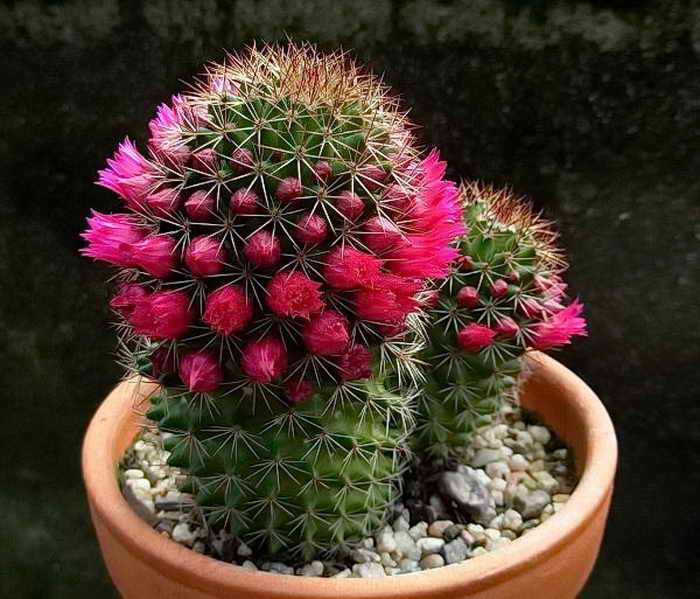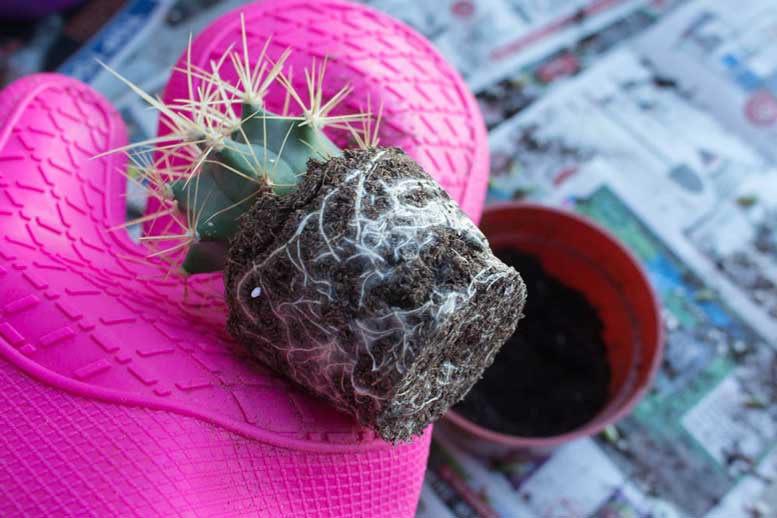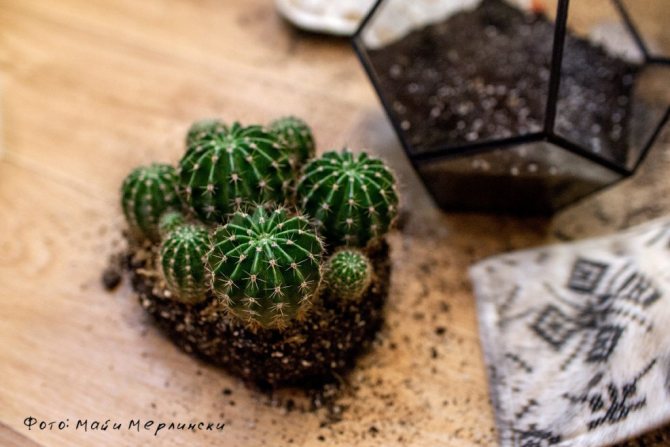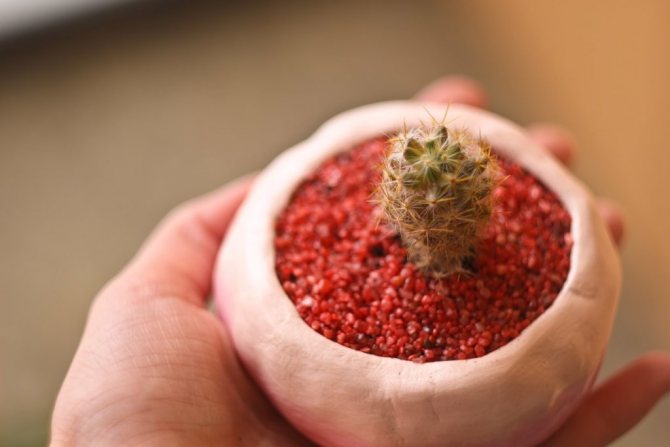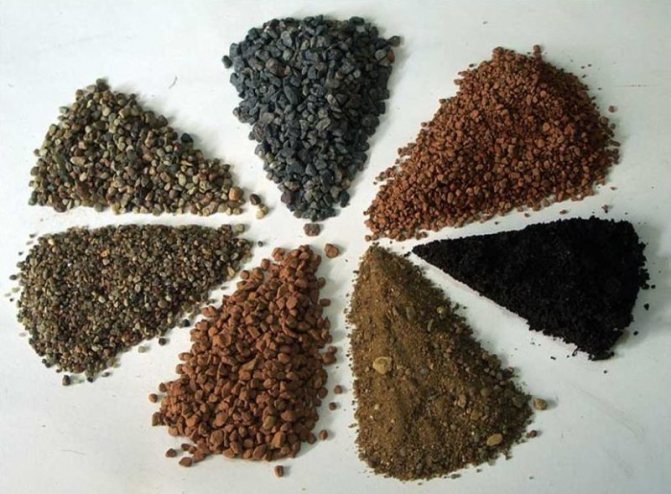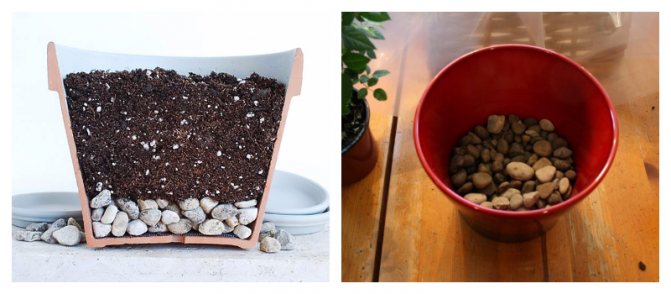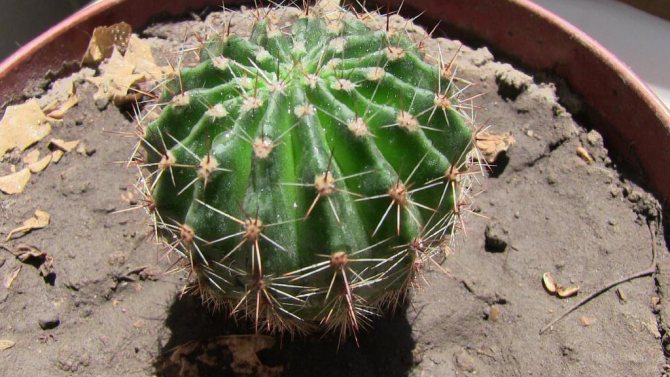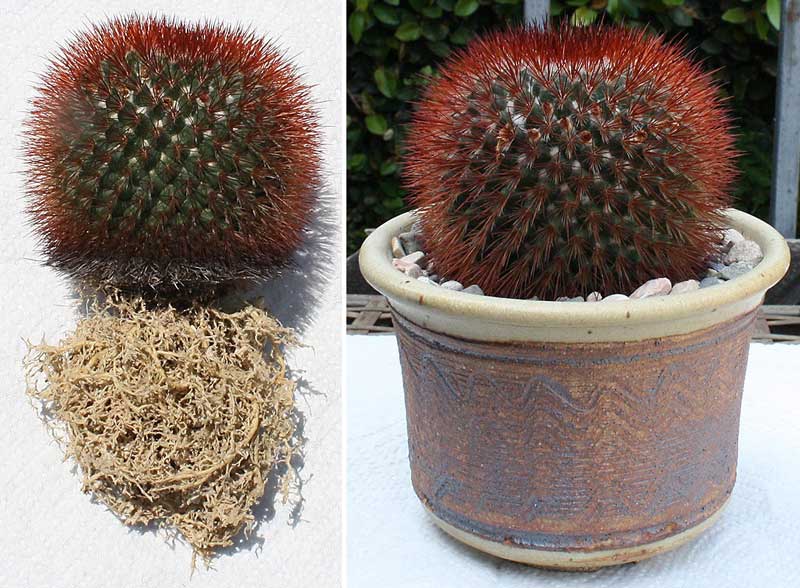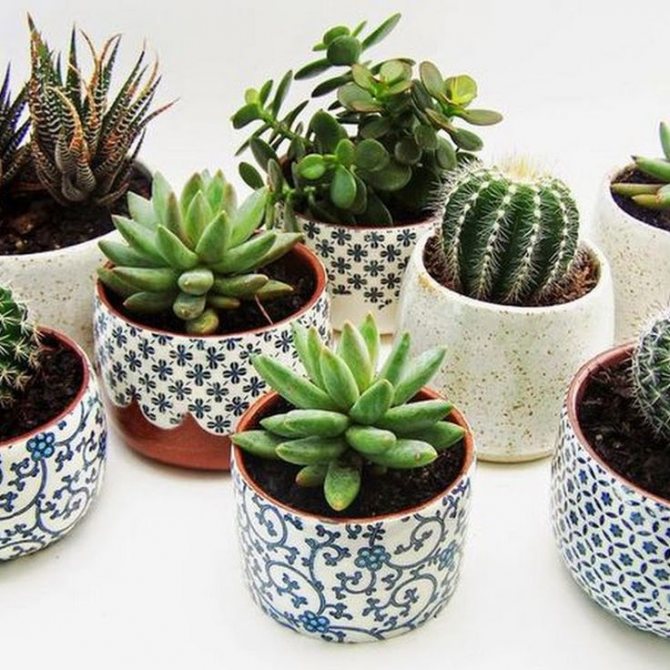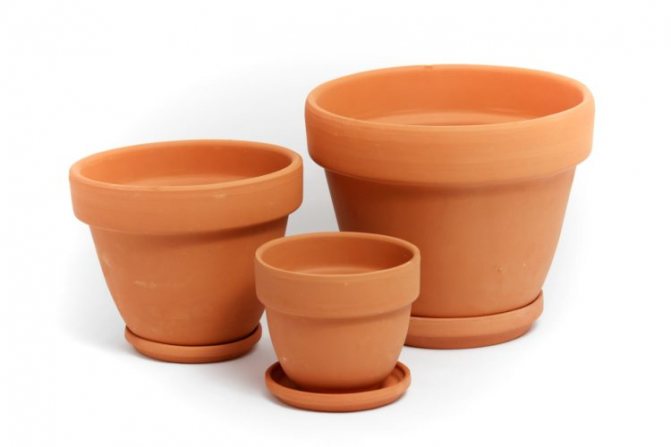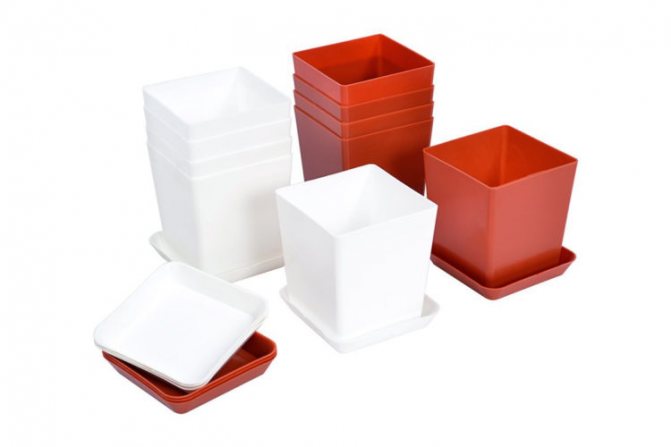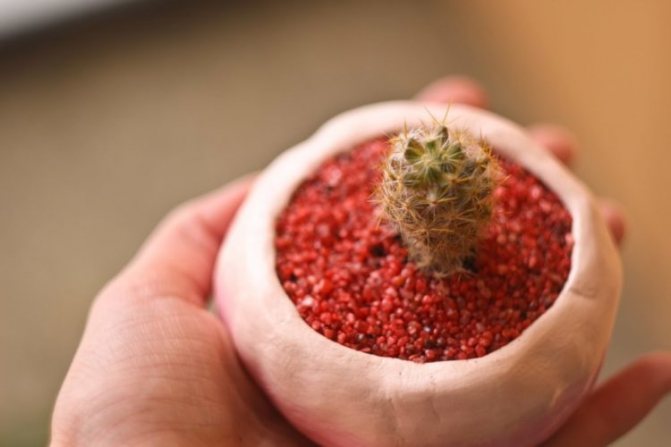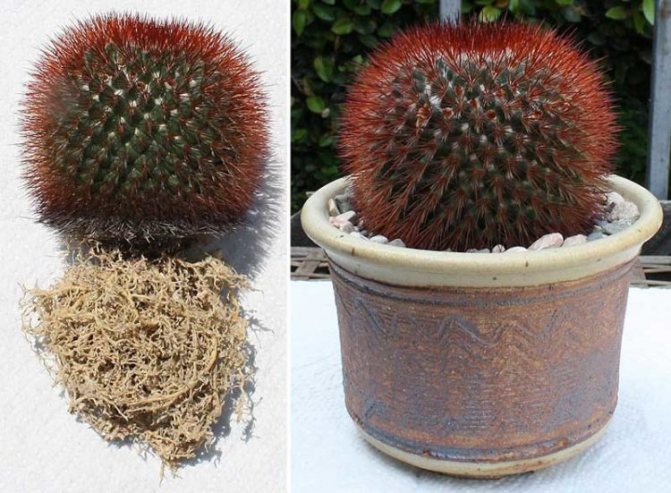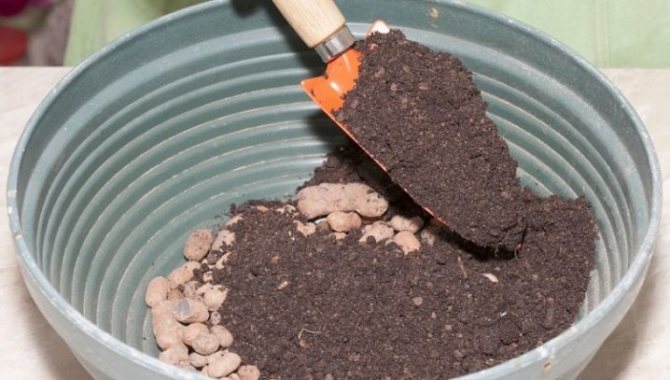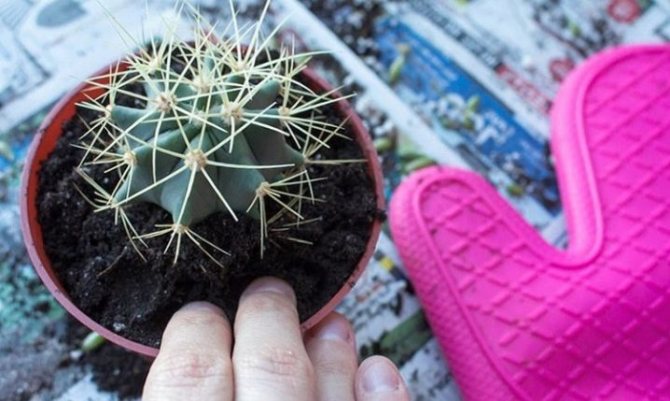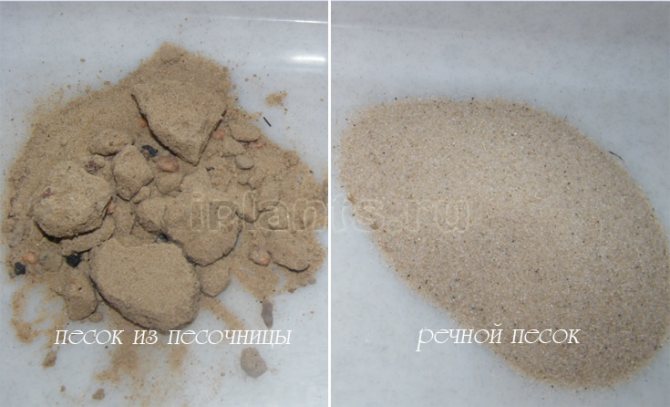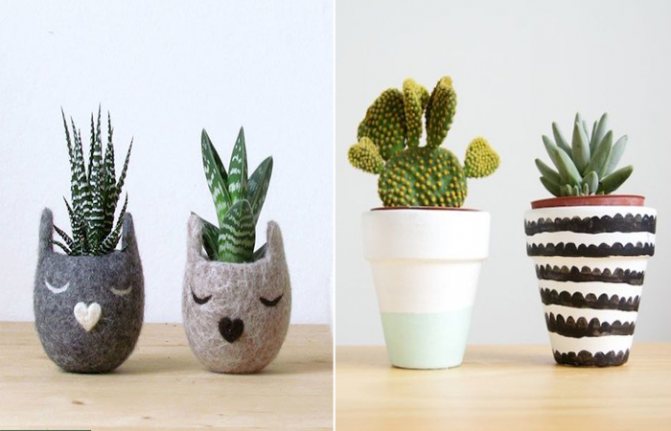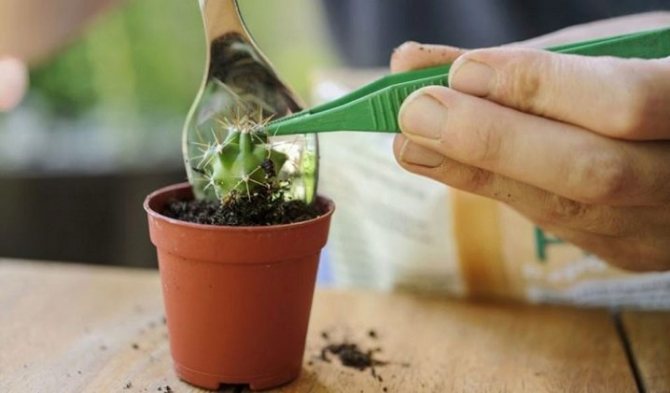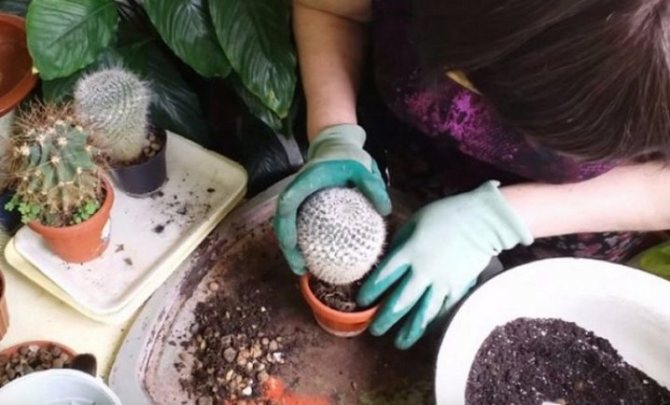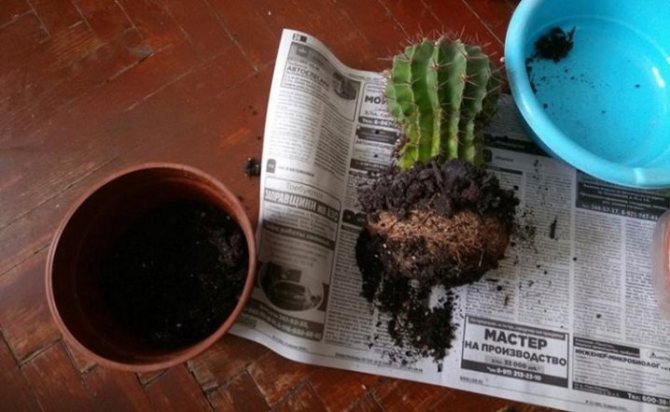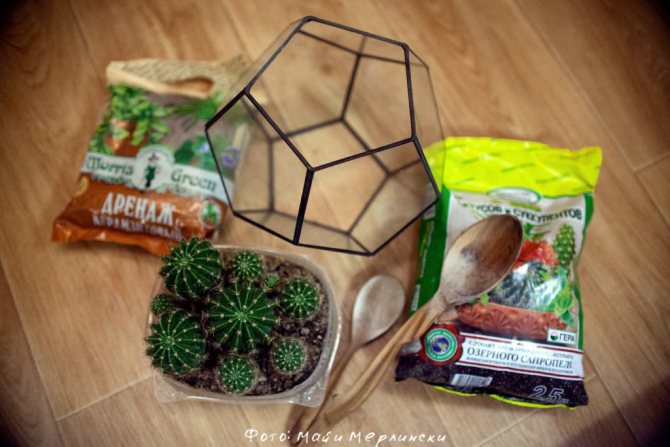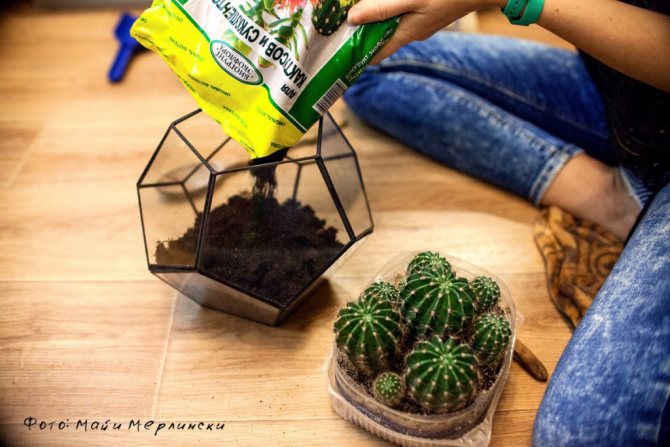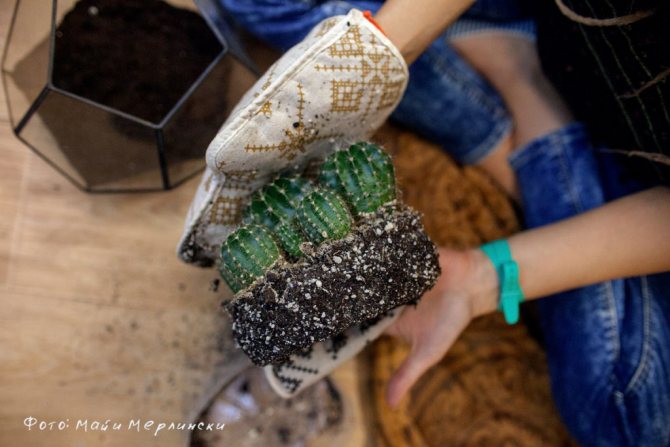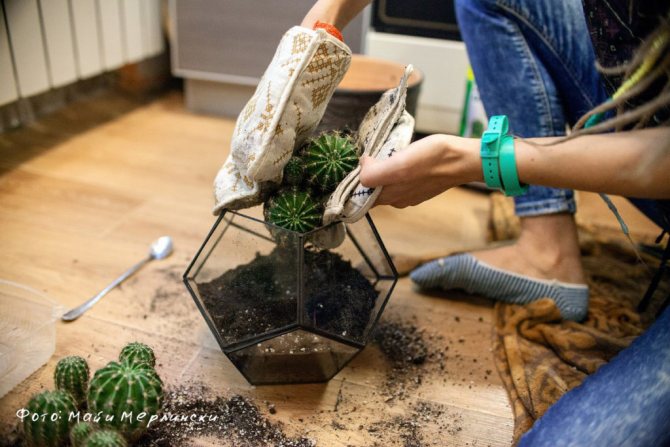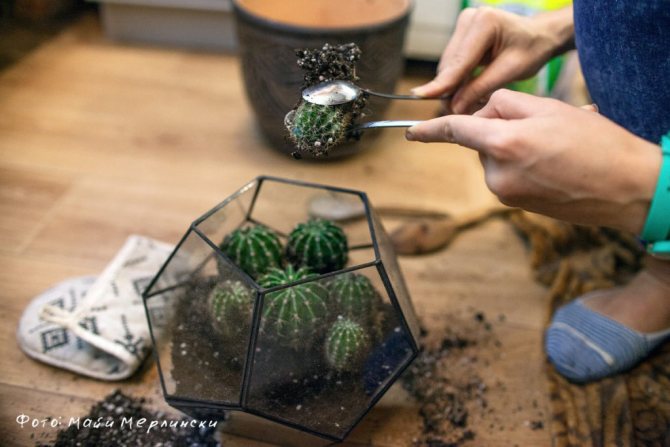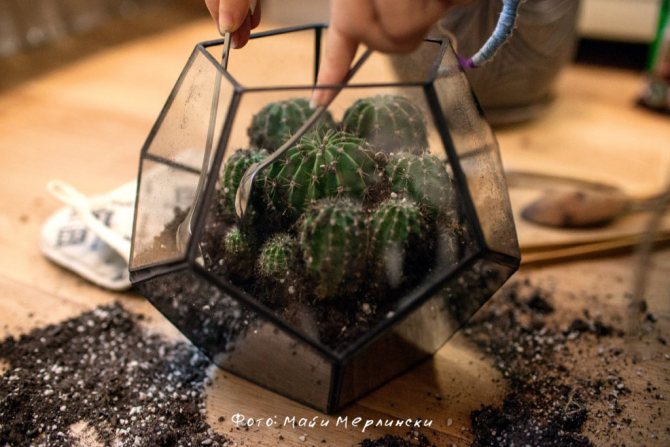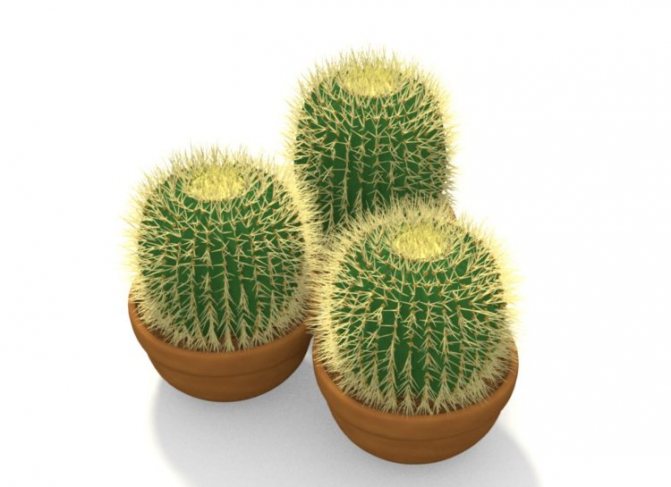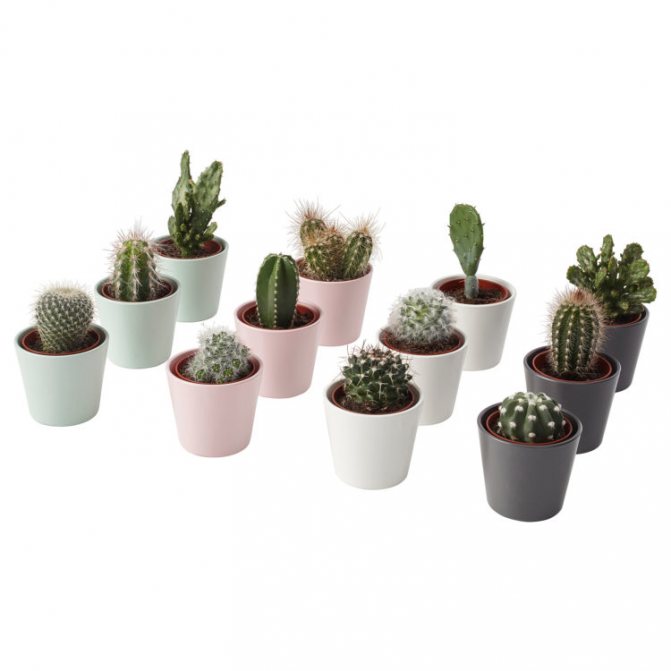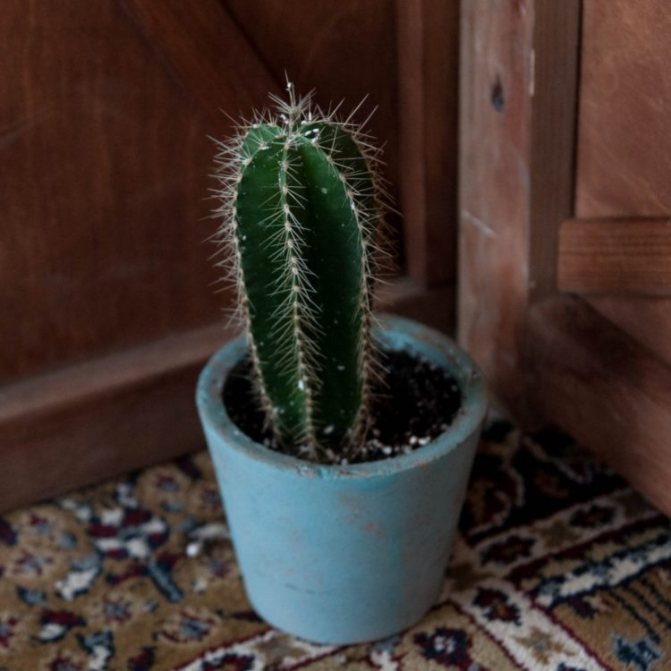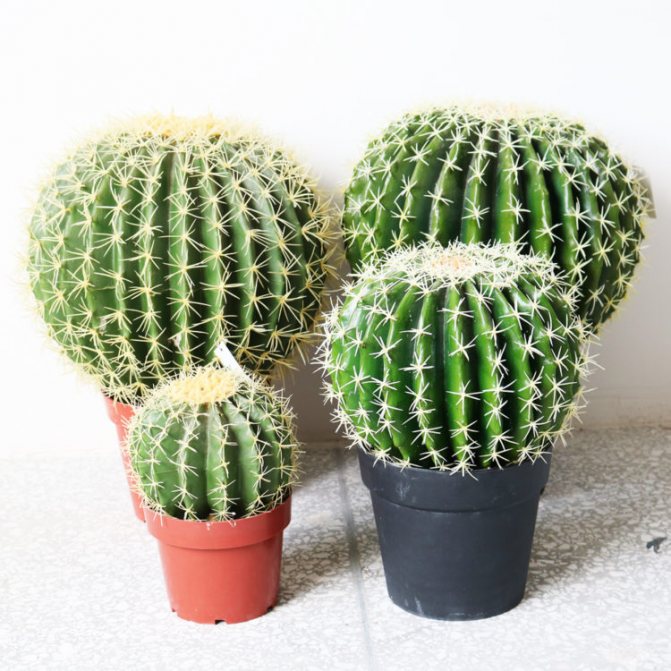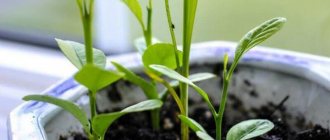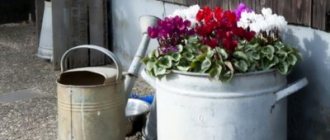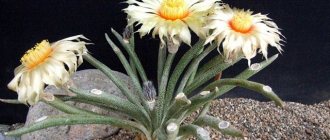Cacti have been grown at home for a very long time. Their diversity is amazing, because there are very tiny varieties with a huge flower on top and large ones, reaching a height of several meters. The only thing that brings them together is the cultivation features. They are very different from the rules that apply to all other types of indoor plants. Even the transplanting of cacti is done differently and has many nuances that everyone who decides to start growing succulents at home should know.
Transfer time
The main question in breeding cacti is when to replant the plant. The main sign of health is the elasticity of the needles, rich color, flowering. Slow growth or a flower starting to wither is better to transplant immediately in order to save it from death. Another sign of the need to change the "house" is the protruding roots.
The optimal time for transplanting a cactus is spring and summer, when there is active growth. Damage and adaptation to new conditions will be easier to tolerate. Usually this procedure is carried out every 2-3 years.
How to transplant a cactus into another pot: step by step
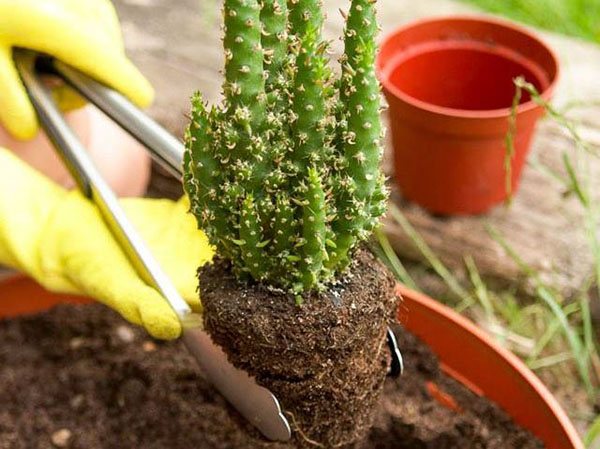
First, you need to determine whether the plant really needs a transplant. If its "crown" began to protrude beyond the edges of the container, then this is a signal that it is time to take care of a new pot. Another sign is if its roots protrude beyond the drainage holes of the container. In some cases, the cactus can shrink, slow down its growth, lose its color or elasticity. All this and much more suggests that it is time to transplant the flower.
Have you purchased a cactus from a store? Then you definitely need to learn how to transplant a cactus into another pot. Almost all members of this family for sale are Dutch. To make them look attractive, have a healthy appearance, they are grown in greenhouses using strong growth stimulants. It is almost impossible to provide such conditions at home, and it is not desirable. The time of moving from the store to the house, staying at the point of sale - during this time, almost all flowers have time to "collect" a lot of pests.
Related article: Description of Coragen
Container and soil preparation
The cactus does not like transplanting into a new pot, it can cost him too much. Each step of the process must be followed carefully. The selected container is first washed, disinfected and dried well.
At this time, the soil is prepared: light, loose, with good water and air permeability. Be sure to add sand, only river sand. Rinse it beforehand, dry it and sift it out of dust.
No need to moisten before backfilling. Moreover, after wandering, you still need to refrain from watering for a couple of days. This is due to the peculiarities of succulents - it is difficult for a transplanted plant to take root in wet soil.
A drainage layer of expanded clay, marble chips, small pieces of foam or crushed wine cork is laid on the bottom. Its benefit lies in the ability to absorb excess moisture. However, even here it is not so simple, accumulating in the pallet, it still penetrates to the plant in a larger volume. Therefore, it is recommended to drain the excess.
When transplanting a cactus into a new pot, the old drainage cannot be used, because it has already accumulated a lot of salts.
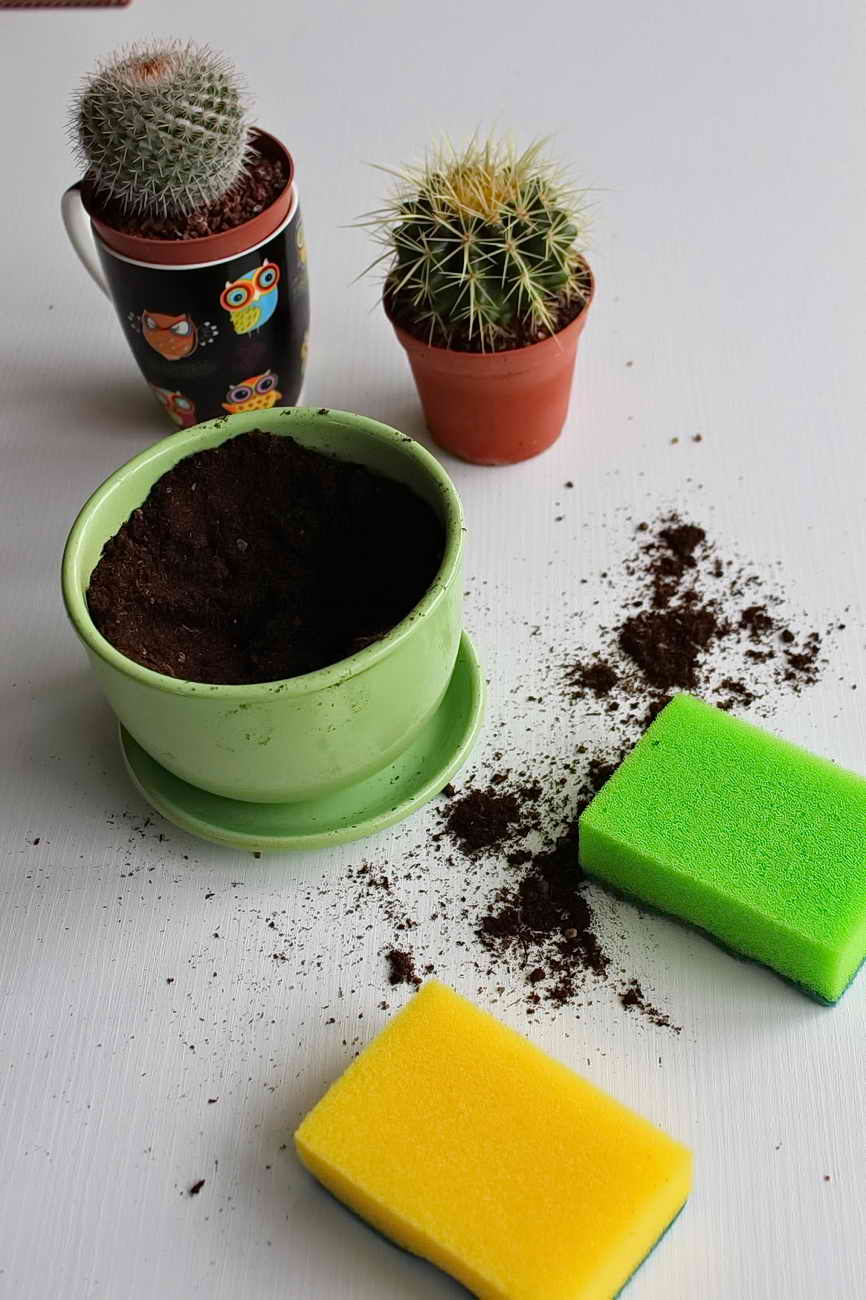

Time and frequency
The frequency of replanting is almost always associated with the growth of the cactus. If it develops quickly, you can transplant at least every year. At the same time, an indicator that this pot has exhausted itself will not be the root peeking out of the lower hole, but a slowdown in growth. In addition, there may not be enough moisture in a small pot. In this case, the plant will have a shriveled, but dense trunk (if the trunk is soft, this is a symptom of a serious disease, and not a lack of water).
A healthy, adult cactus needs preventive replanting every three years. But for a perennial plant, these intervals can be extended - the older the age, the more painful the transplant process will be for it. There are some subtleties here.
Read also: Ariston gas water heater instruction manual
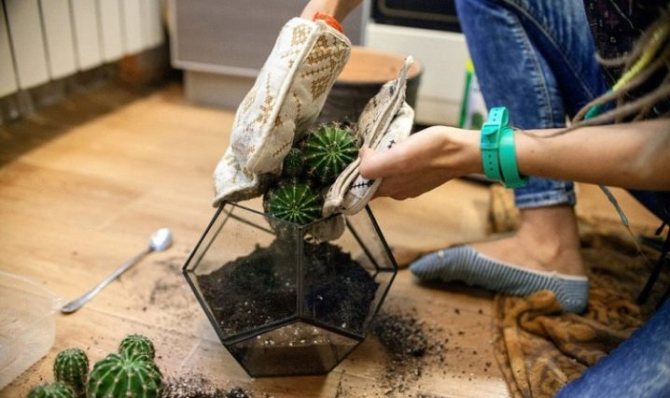

There is controversy over the time of year. The period of late winter or early spring is considered optimal. Here it will be easier for the cactus to adapt due to the increase in daylight hours. But if you made a purchase in the fall or summer, don't wait.
The only period when you need to abstain is when the buds appear and flowering. Even on ordinary days, cacti do not tolerate the hustle and bustle. They do not tolerate loosening, frequent movement and other manipulations. Experienced flower growers advise to note the side with which it faces the sun, and not to turn the pot once again.
Only strict adherence to the rules allows you to achieve beautiful flowers from especially capricious varieties.
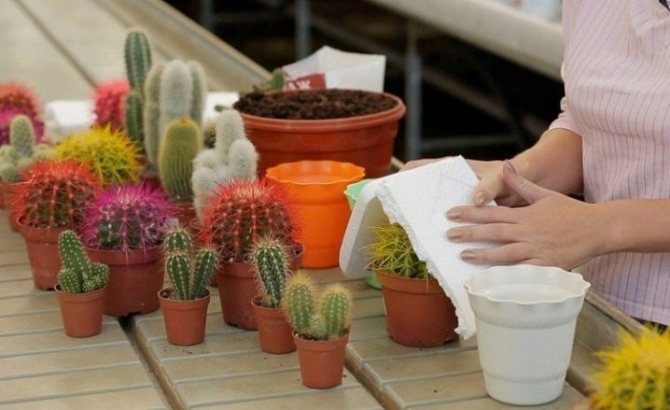

Cactus transplant
The transplant process requires caution in relation not only to the most prickly "brother", but also to yourself. Wear gloves to avoid pricks.
At home, working with a cactus is more convenient with kitchen tongs, plastic tweezers or washing sponges. Take it with a tool and carefully remove it from the old pot. You can wrap the plant in paper, turn the pot over, squeeze the sides and get it out. Inspect the roots and root collar for pests or signs of disease.
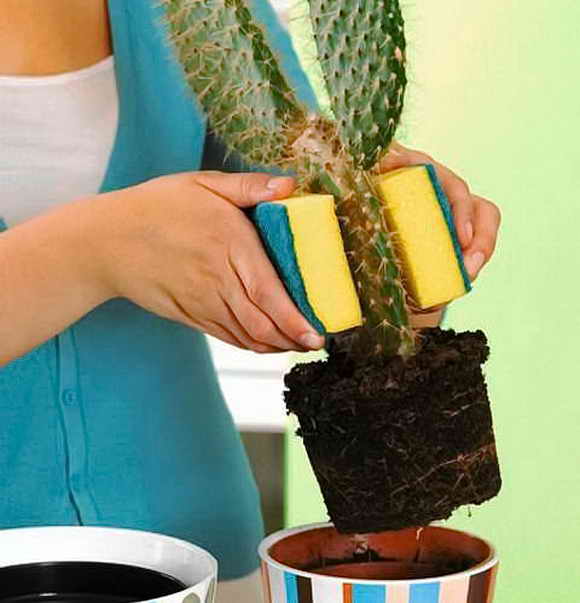

If during extraction some of the roots break off, then sprinkle the damaged parts with crushed charcoal, and remove the rotten ones. In this case, add more river sand to the prepared soil.
When several exotic specimens grow in one pot at once, and the time for transplanting has already come, then when removing with a stream of water, wash the roots and separate the processes. Dry.
Transferring from one pot to another is the safest way to transplant plants. Here the roots are least injured.
Make a hole in the soil and place the plant, sprinkle with earth up to the root collar, leaving it on the surface. Deeper into the soil, it will rot.
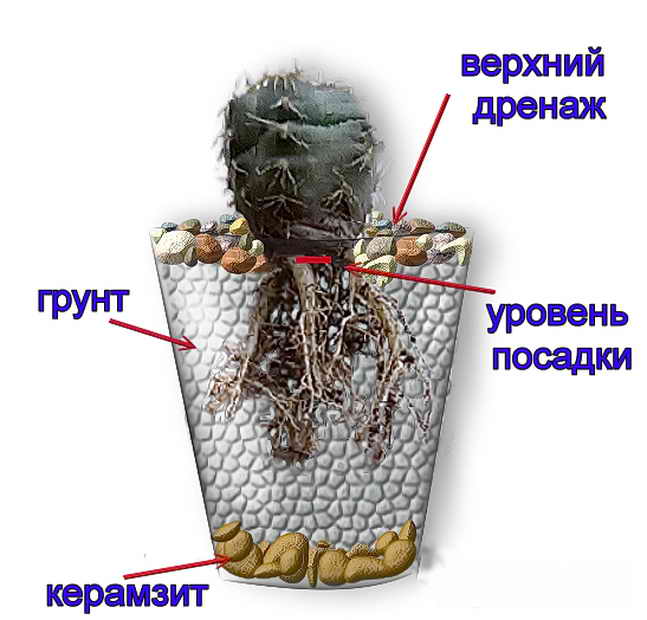

Lay gravel on top to help keep the cactus in position.
Expanded clay cannot be used as top drainage!
Features of the
Strictly speaking, there are few reasons for transplantation, consider each one is more detailed.
- The cactus is often transplanted after purchase. Not everyone likes the look of the pot, and it often turns out that during his time in the flower shop, he simply outgrew it. In addition, buying a cactus by hand, and not in a store, no one can guarantee that it was planted as it should. Therefore, while the plant remains healthy, it must be arranged according to all the rules. So there will be fewer reasons for concern about the future fate of the plant.
- Cacti need to be replanted at a specific frequency. This is done to prevent various diseases. In addition, the pot needs to be changed gradually as it grows. A container that is too large will cause excess moisture to accumulate. And too little slows down growth.
- In the process of cactus growth, emergency situations arise when a transplant is simply necessary. This can be a trivial fall, which will result in the replacement of the pot. It is much worse if the cactus itself gets damaged.But even in this case, some part of it can be saved. Other indications for transplantation are diseases. Most often, a soil change is needed, and sometimes the removal of damaged roots and trunk. In most cases, the outcome is quite favorable.
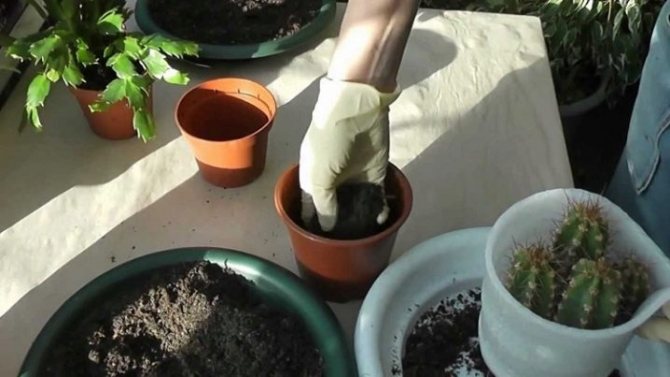

The planned procedure has its own characteristics. This is due to the fact that the transplant process consists of several stages:
- search and processing of tools;
- plant preparation;
- direct transplant;
- observation and care.
Even the process of buying a cactus is never spontaneous.
In the case of suddenly arising problems, it is the need to do everything quickly and the lack of the necessary tools that leads to errors.
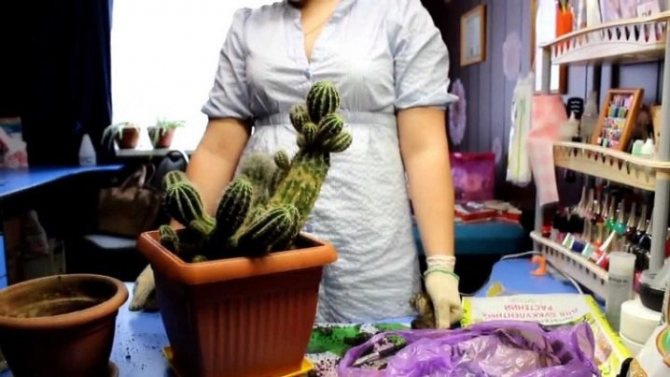

Can I transplant a cactus right after purchase?
Definitely not. A sharp change in living conditions will lead to illness. Do not touch the plant for 7-10 days, during which time the soil will dry out.
Inspect the roots for pests. Remove lifeless roots. Sprinkle all wounds with charcoal. If this is not at hand, then grind the activated charcoal and treat the wounds with it.
The store sells cacti planted in peat. He is not suitable for later life. Separate it in a dry state or soak the root ball in warm water, you can add an insecticide for disinfection. Then it is dried for 2-3 days in an upright position (suspended).
You cannot reuse the soil in which the plant grew in the store.
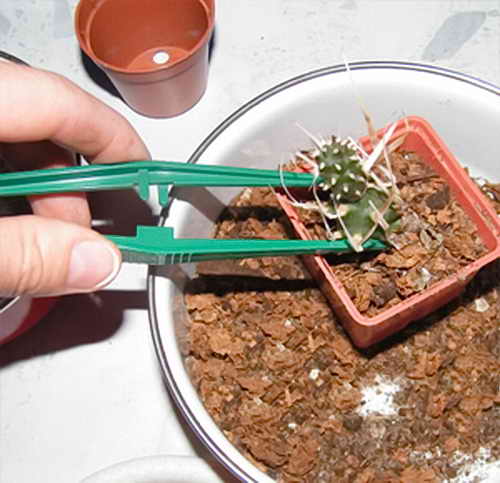

How to transplant a cactus so as not to get pricked?
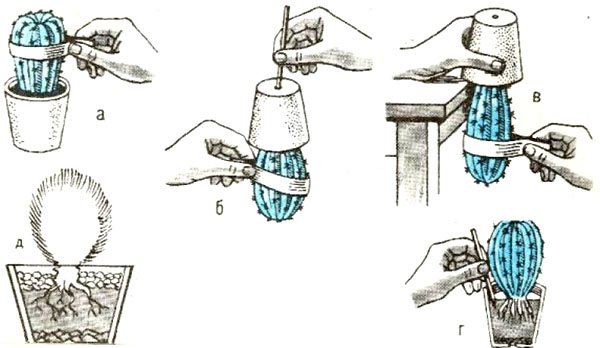

Protection from sharp forceps is the first thing to think about before performing the actual procedure. To do this, you can use gloves made of thick fabric, leather or rubber. You can also wrap a cactus with several layers of paper. Some people advise using regular sponges. With cooking tongs or tweezers, there is a risk of damaging the plant itself and its thorns. Therefore, it is recommended to purchase special forceps equipped with silicone ends.
Small specimens that have very thin spines can be transplanted with ordinary gloves or even bare hands. However, it is with young cacti that one should be most careful of all, since it is they who are susceptible to damage than already formed specimens.
Caring for a cactus after transplant
- Do not remove the top gravel (support) for 2-3 weeks. It will help you better get accustomed to the new "home".
- Do not water for 5-10 days after transplanting, cover with a glass jar to maintain moisture. After adaptation, the cap is removed.
- Follow the rules for watering the cactus. Remember that you cannot overmoisten it.
- Observe the room temperature in the range of 20-25 ° C.
- Put the pot in partial shade, you can put it in a bright, sunny place only 1 month after transplanting.
- You can make top dressing once a month.
How to plant a cactus without roots?
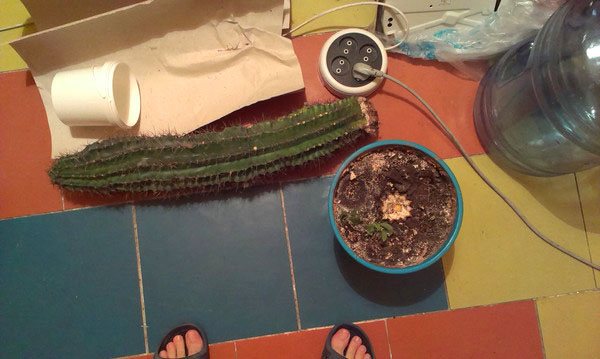

Separating small pieces from an adult plant allows you to get shoots or so-called "babies". Often they take root much more successfully than copies bought in a store. If you are interested in how to transplant a cactus sprout correctly, then you should know that the most successful time for this is summer or spring. It is during this period that the foundation can be laid for the development of a healthy cactus.
Related article: What is the function of siderates?
To detach the "kids" from a large bush, it is advisable to use a sharp knife. The procedure should be carried out very carefully so as not to harm the adult flower and the process itself. After that, it must be left in a dark place where the air temperature is sufficiently low. During this time, he will have time to dry out and prepare for landing in the ground. It is very important that the cut is dry, if there is moisture on it, then, most likely, they will rot.
Common growing questions
- pull it out with tweezers or a sewing needle and pour over with peroxide.It is not necessary to squeeze the skin, otherwise the thorn will penetrate deeper;
- apply a bandage with ichthyol ointment or Vishnevsky's ointment overnight, and then effortlessly get a thorn;
- remove the splinter with a glued adhesive plaster.
Competent transplantation of cacti will be the key to their health and beauty. There are a lot of representatives of the family, they are all different and require appropriate approaches. But even in indoor conditions, these exotic plants can be transplanted without problems (including without injections).
In open ground
Maybe for some it will be a real shock, but there are cacti that can be transplanted into open ground in our latitudes... One of them is prickly pear. This succulent will delight the owners of summer cottages and private houses by the fact that it can be planted right in the garden. But for this you need to comply with some conditions:
- The soil for the cactus should be airy and loose, and also allow air to pass through well.
- You should often water the succulent plant, and also overlay it with gravel to prevent the root collar from rotting (read more on how to water a cactus correctly).
- It is desirable to plant it on a dais. Necessarily where it is warmest in summer and as dry as possible in winter.
- To keep the soil dry around the plant, a canopy can be made for the winter.
Selection of pot and soil mixture
The cactus pot should have drainage holes and be 3 cm wider than the container in which the plant arrived from the store. In certain cases, you should not take a larger container. It retains a greater amount of moisture, and rot-prone varieties (ariocarpus, aztekium, astrophytum, obregonia and some others) may die as a result.
You should familiarize yourself with the features of the cultivated cactus. For example, if under natural conditions it grows in conditions of limited space for the roots, then in this case it needs a compact pot. Instances with a developed rhizome need deep pots, while those with a fibrous root system need wide ones.
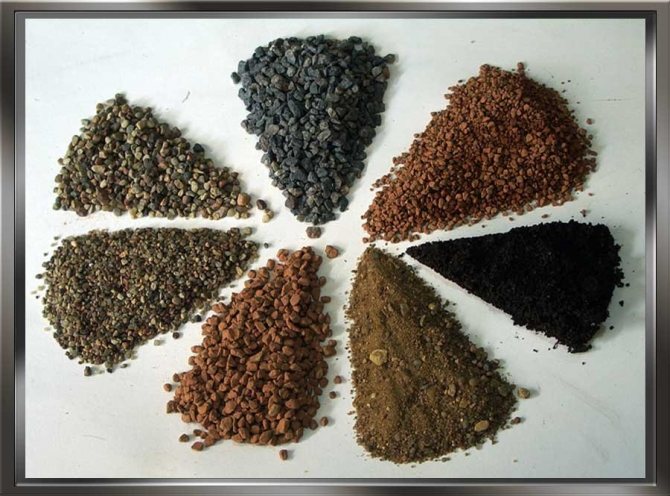

Soil for cacti
Pottery works well, and unglazed. The porosity of the clay allows excess moisture to evaporate through the walls of the container, while the roots are saturated with oxygen. The weight of the material gives stability to the product with a large cactus.
Plastic pots are more suitable for smaller cacti. It should be borne in mind that such dishes retain moisture for a longer time, a fungal infection may develop. Therefore, waterlogging should be avoided. Also, under the influence of solar irradiation, plastic (especially low-quality) becomes brittle and brittle. But on the other hand, less limescale accumulates in it.
The soil of the purchased plant must be replaced. The composition of the soil mixture depends on various factors (type of cactus, its age, etc.). It is important that it is loose, water and breathable. The acidity level is 4.5-6 pH.
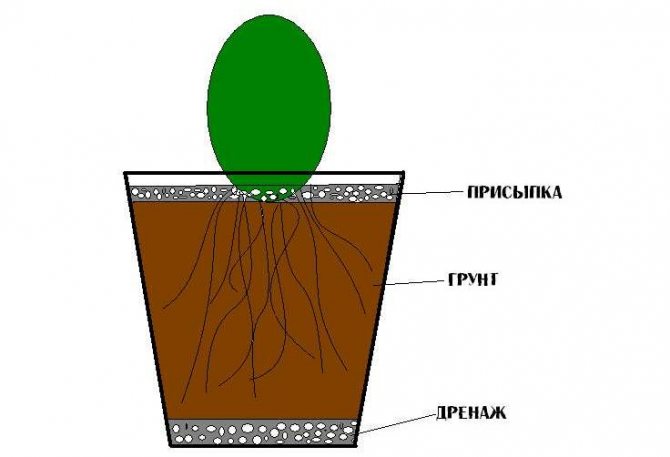

Landing rules
It is advisable to purchase a special soil for cactus or universal soil (but mix it in equal proportion with coarse sand). At home, you can independently prepare a soil mixture (the components are shown in the table).
| Substrate component | Properties |
| Leaf land | Loose and light, absorbs moisture well, contains many nutrients |
| Clay-soddy soil | Good moisture and nutrient retention |
| Old greenhouse soil | Alternative for leafy and soddy soil |
| Well rotted manure | Used in very small quantities for giant cacti when it is necessary to enrich the soil with nutrients |
| Coarse river sand | An indispensable component of any substrate for this category of plants, provides looseness |
| Zeolite granules | Contained in litters for cat litter, increase the porosity and friability of the substrate, promote moisture absorption and quick drying of the soil |
| Hardwood charcoal | Disinfects the root system, inhibits the growth of putrefactive bacteria, is good drainage (absorbs excess moisture and a proportion of mineral salts) |
| Brick chips | Helps to retain moisture by increasing the porosity and looseness of the soil mix |
| Lime | Reduces acidity levels |
| Peat | Increases acidity |
Planters for cacti and succulents
When growing a culture, clay pots for cacti, traditional dishes for all indoor plants, have both advantages and disadvantages. Their characteristic feature is a certain evaporation of moisture through porous walls, and the more, the drier the surrounding air and the more sunlight and heat in the place where they stand.
Thus, the potted soil dries out much faster than would be expected based on the plant's water requirements. On the one hand, the evaporation of water through the walls of the pot leads to a certain cooling of the earthen ball.
On the other hand, all salts dissolved in water, upon evaporation, form a constantly increasing layer of white bloom on the walls of the pot. A particularly strong limescale builds up in regions with very hard water, which eventually alkalizes the soil in clay pots when irrigated. And since almost all cacti prefer slightly acidic soil mixtures, their root system gradually dies off, which leads the plant to death.
However, along with these disadvantages, clay pots have their own advantages. Firstly, ceramic pots for succulents retain their shape better; when choosing large dishes - this circumstance is often a decisive argument in their favor in comparison with plastic or plastic pots.
In addition, due to their own weight, they are more stable, which is especially valuable when growing tall cacti or species with drooping shoots. Sometimes a strong evaporation of water can also be an advantage: namely, when the plant is watered abundantly at the wrong time.
As a result of the rapid evaporation of moisture through the porous walls of the pot, the soil will dry out faster. You can avoid the formation of limescale on the walls of clay pots if you use soft or artificially softened (distilled) water for irrigation. It is possible and in general to completely exclude the evaporation of water through the walls of the pot by painting it from the inside with waterproof paint (for example, a special paint used to paint the inner walls of containers with drinking water).
CHOOSE A POT
Which pot to use for cacti? Previously, it was believed that clay is best - there was simply nothing else. True, large plants were grown in wooden tubs, but no cacti of “tub” sizes were on sale. Clay pots are usually round (conical), so with a large collection of cacti, rather large areas will be needed.
Square pots can be installed more tightly. They are made from wood, metal, plastic. With a light, well-drained substrate, cacti grow successfully in such a container.
Large bowls - "cactus plants" - are suitable for small species and young plants. You can create original compositions in them.
So the pot material is not important. Its design may matter to some extent. It is easy to take this into account when making a pot yourself (Fig. 1). The correct fit is more important.
AT THE BEGINNING OF THE PAST CENTURY, THE FASHION FOR CLOSED ECOSYSTEMS APPEARED. MOVED TO US ALREADY IN THE POST-WAR YEARS.
PLANTS, ESPECIALLY CACTUS, ARE PLANTED IN AQUARIUMS OR LARGE GLASS BOTTLES, SOMETIMES ONE, BUT MORE IN COMPOSITIONS. IN AQUARIUMS, PLANTS WATERED VERY RARELY, AND IN BOTTLES - ONLY ONCE AND IN THE BEGINNING. THEY WERE TIGHTLY SEALED WITH CAPS AND FILLED WITH Dense wax.IN SUCH CONDITIONS, THE CACTUSES EXISTED FOR A LONG LONG - SEVERAL YEARS, UNTIL STEALED IN THE WALLS OF THE VESSEL
Capacity
You should always transplant a succulent into a pot 1-2 cm larger than the previous one.... Do not forget about the presence of drainage holes, and there should be at least 4 of them, as well as about the type of root system of the selected plant, on which the shape of the pot will depend (for tap or turnip roots, deep pots are needed, and for fibrous ones - wide ones).
The opposite situation is possible, when the pot is too large for the cactus, then when transplanting it will be necessary to place the cactus in a smaller container. Read more about choosing a pot for this plant here.
How to do it yourself?
No desire to buy a ready-made pot, but you have an unnecessary plastic bottle on hand? You can easily make a pot for a small cactus from it.
You will need:
- Empty 2 liter bottle.
- Soldering iron.
- A can of paint or any other item for the decoration of our "vase".
- Scissors.
Course of action:
- We cut the bottle into two parts, focusing on the size of the succulent. We use the lower part.
- We warm up the soldering iron and use its tip to burn several small holes at the bottom of the bottle. These will be the drain holes.
- We cover the surface with spray paint or decorate in any other way.
Read also Facade of a wooden house photo of private houses
Materials (edit)
For indoor plants, it is better to choose dishes made from natural materials. Small plastic pots in which plants are sold are used only for their transportation, so you cannot do without transplanting cacti.
The most common materials for cacti are clay and plastic products. Pottery has its advantages.
- It is a porous material.
- High stability. This allows tall plant species to be planted and grown in these pots.
- The material retains its shape well, does not deform under the influence of the sun or high humidity.
- Evaporates moisture well.
In addition to obvious advantages, the material also has disadvantages. These include the rather large weight of the products. Also, during watering, a white bloom forms inside the container, that is, a salt layer, which leads to alkalization of the soil.
Plastic containers, which are more often called plastic, appeared in everyday life not so long ago, but have already been able to gain great popularity. Plastic products can be reusable and disposable, which affects their cost.
The positive properties of plastic pots.
- Light weight of the product. They can be easily transported, carried and transported to any convenient place.
- It is convenient to store plastic products.
- Aesthetic look. There is an opportunity to purchase pots of various shapes and colors.
The disadvantages of this material include the fact that the walls of the product do not allow moisture to pass through, therefore, watering is limited in order to avoid decay of plant roots.
When choosing a pot for a cactus, it is worth considering the size of the plant. If we are talking about small specimens, you can stop at a plastic product. In this case, the water will evaporate evenly, without stagnation, so infrequent watering will not damage the roots.
Many cactus lovers prefer to grow plants in pots, which provides them with a lot of space. Such landscape compositions look very beautiful and attractive. When planting several types of plants in bowls, their condition is taken into account. At the same time, it is important that the same growing conditions are required for succulents and cacti.
With the simultaneous planting of large and small cacti in one bowl, a gradual displacement of small plants will be observed.
A large cactus will grow and its root system will restrict the growth of small plants, leading to their death.
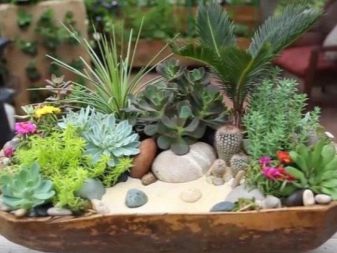

Experienced gardeners do not recommend planting white and green cactus species in the same container.White cacti require more sunshine, while green plants are better shaded.
The form
When choosing a pot for succulents, the personal preferences of the gardener are taken into account. Dishes for plants can have different shapes: more often you can see products of a round or square shape on sale. There are also products of non-standard shapes and sizes.
It should be noted that square containers will take up less space, which is important for small spaces.
Experienced growers prefer to choose pots of the correct shape with the edges curved inward. Most often, they plant flowers in round containers, since the plant is easier to extract from them during transplantation.
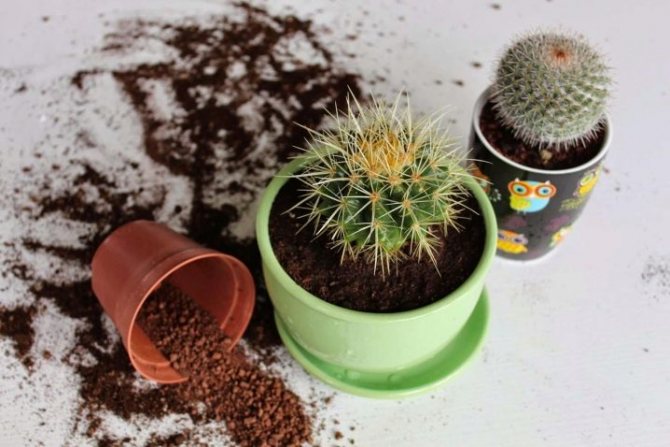

What kind of land is needed?
When transplanting, the old soil is completely replaced only after acquiring a sandy-grayish hue (which means that there are no nutrients left in the soil). In other cases, it is enough to sterilize (place in the oven for 1-2 minutes, warming up to 100 degrees) the soil, add a third to half of the fresh soil and transplant the cactus. In a separate article you will find detailed information on which soil is suitable for cacti.
Original models
If the standard pots look trite and are already bored, you can opt for more original models. They can be manually painted with paints or decorated with materials of different textures.
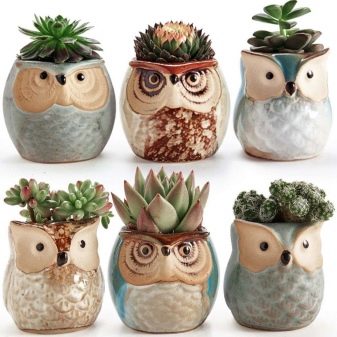

Flowers planted in glassware will look very interesting. In this case, you can alternate dark soil with small white pebbles.
Even the most common glass jars of various shapes and sizes can serve as pots for succulents and cacti.
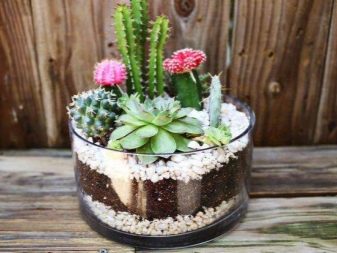

Plants planted in a glass ball with a hole look very original. To disembark, you must take:
- the plant itself;
- glass vessel;
- land;
- decorative elements.
You can buy a container with a bottom and put it on the table, or find a product with a hook and hang it.
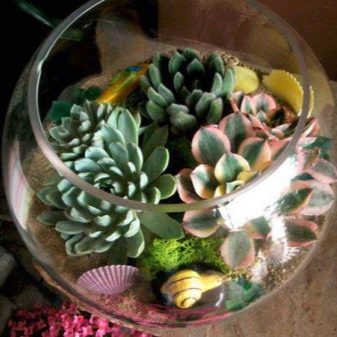

For those who prefer Japanese motives, you can choose an oblong pot on a wooden stand.
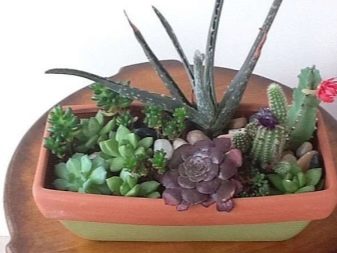

Concrete pots or made of stone will be a great addition to the interior. Concrete is a very durable building material; it is used by flower growers to grow cacti and succulents. You can make pots for plants from concrete with your own hands, which will surprise you with a variety of shapes.
Hanging pots are also made of concrete or combined vases are built.
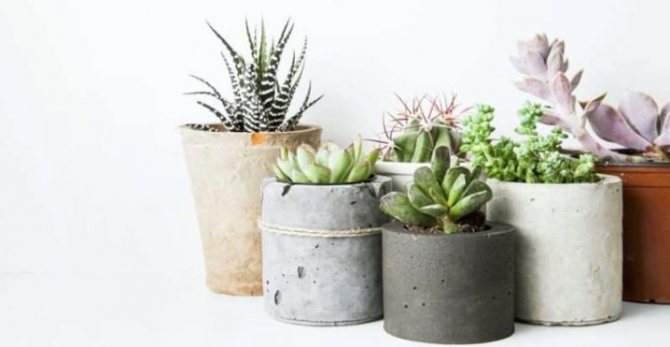

Also noteworthy are flower stands. Even the simplest flower pot will look more interesting on a decorative stand.
See the video below for a master class on creating a flower terrarium.
WHAT WE ARE SELLING
Industrial plants are grown on a poor peat substrate, nutrients are supplied in solutions - this is a kind of substrate hydroponics. Since the substrate itself is poor in nutrients, firms offer special fertilizers, once again taking money out of the pockets of buyers.
All commercially available substrates are peat-based - even special ones for cacti or succulents. For the normal growth of cacti, such substrates can be no more than 10% of the volume of the correct soil mixture, and then only in order to increase its acidity.
Prices in Moscow and St. Petersburg
The price of the issue? Depends on material, size, appearance and place of purchase:
| Pot | Price in St. Petersburg | Price in Moscow |
| "Mellange" gray 1.5 l 150 mm, ceramic | 202 rubles / piece | 198 rubles / piece |
| "Patterns" white, 14.4 l 288 mm, ceramics | 942 rubles / piece | 942 rubles / piece |
| "Jardin" terracotta 1.6 l 150 mm, plastic | 38 rubles / piece | 38 rubles / piece |
| "Jardine" gray, 13 l 350 mm, plastic | RUB 281 / piece | RUB 281 / piece |
Photo
Here you can see a photo of the plant:
Is it permissible to use after another plant?
Can you use used pots? You can, but you need to follow the following rules:
- It doesn't have to be a plastic disposable pot.
- It must be well washed, all remnants of the past plant must be removed.
- If a diseased plant grew in it, fill the pot with a bleach solution (10%) and leave it for 60 minutes.
- Sizes should be appropriate for the succulent plant being planted
Cactus is picky about your home, it just won't live in a bad one. But if you try to please him, and it is better to be able to do it, he will delight everyone with his flowering for many years.
If you find an error, please select a piece of text and press Ctrl + Enter.
Cacti have gained fame as unpretentious, phlegmatic and hardy plants, so many growers mistakenly believe that any conditions will be suitable for them. Meanwhile, growing them in tiny containers is unacceptable. Professionals recommend carefully choosing cactus pots, taking into account the distinctive features of the plant itself. If numerous store options turn out to be unsuitable, you can even create a container for a flower with your own hands.



